Benchmark’s cultural resource services department has directed archaeological projects in 20 U.S. states as well as Japan and Mexico. With over 30 years in the profession, Benchmark archaeologists have established a reputation for providing research and management solutions to complex projects. Benchmark has worked with a variety of state and federal agencies and private companies including energy, transportation, engineering, and development firms to develop survey plans and guidance to move projects forward.
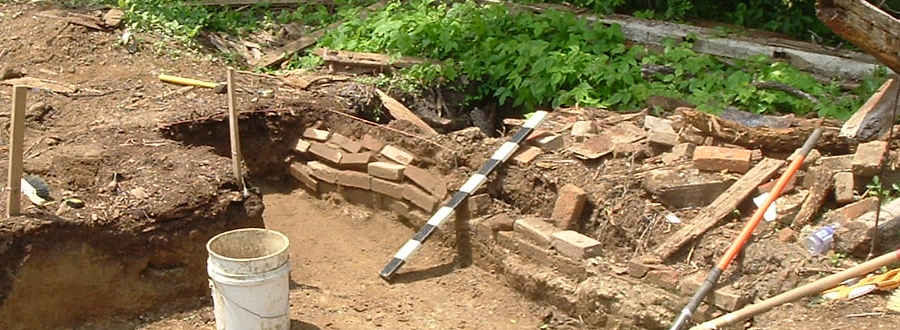
Preservation Policy & Planning
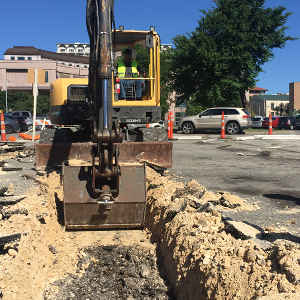
- Preliminary project coordination
- Coordination of cultural resource compliance with environmental review
- Site Predictability Models
- Property History Research (Deed, census, and archival research)
- Resource Sensitivity Modeling & Alternatives Analysis
- Preliminary Permit Aquisistion
- Public Land Surveys
Fieldwork & Compliance Coordination
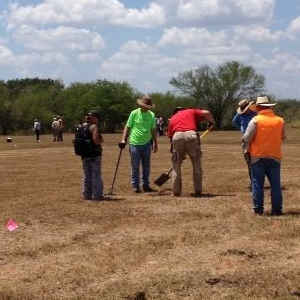
- Archeological Overview (Desktop analysis of preexisting resources)
- Survey, Testing, Mitigation (Phase I, II & III Archeological & Historical Resource Investigations)
- Section 106 and NEPA Integration
- Cultural Resource Studies for NEPA EAs and EISs
- National Register of Historic Places Assessments
- Criteria of Effect Evaluations
- Construction Monitoring
- Public Coordination & Participation
- Emergency Discovery Response and Regulatory Coordination
- Historical and Archival Research
Architectural History
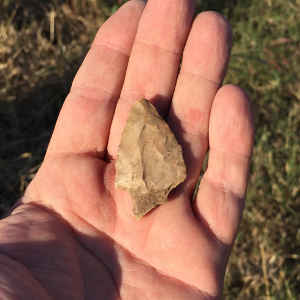
- Historic Structure Surveys
- Historic Property Identification and Evaluation
- National Register of Historic Places Nominations
- Database Searches
- Records Searches
- Compiling Comprehensive Lists of Historical Sites
- Archeological Overview (Desktop analysis of preexisting resources)
- Property History Research (Deed, census, and archival research)
Specialized Capabilities
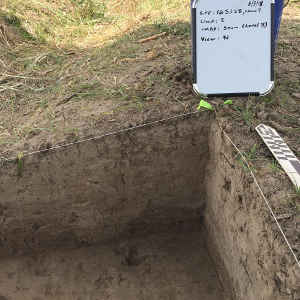
- Prehistoric Artifact Analysis
- Geoarchaeology
- Geographic Information Systems (GIS)
- Genealogical Studies
- Public Interpretation
- Remote Sensing (Ground Penetrating Radar, Resistivity)
- Deep Soil Testing
- Benthic Survey Analysis
- Magnetometer Surveys
- Hydroprobing
How can cultural resources affect a project?
Laws and Regulations
The National Historic Preservation Act of 1966 (NHPA) is a federal law that triggers most cultural resources investigations. Section 106 of the NHPA requires that every federal agency take into account how each of its undertakings, including the issuance of permits, could affect historic and/or prehistoric properties either listed in, or eligible for, the National Register of Historic Places (NRHP) on federal, public, or private lands with jurisdictional concerns.
Regulations for compliance with Section 106 were published in the Federal Register as 36 CFR Part 800. Review of Section 106 compliance is through the State Historic Preservation Offices (SHPO) and the lead federal agency with jurisdiction over the project; for example, the US Army Corps of Engineers (COE), US Forest Service (USFS), Federal Energy Regulatory Commission (FERC), or the US Environmental Protection Agency (EPA).
In addition to the NHPA, other federal laws that can affect a proposed project include the Antiquities Act of 1906 (Public Law 59-029), Historic Sites Act of 1935 (Public Law 74-292), National Environmental Policy Act of 1969 (Public Law 91-190), Preservation of Historic and Archaeological Data, as amended (Public Law 93-291), American Indian Religious Freedom Act (Public Law 95-341), Archaeological Resource Protection Act of 1979 (Public Law 96-95), and other legislation pertaining to cultural resources and antiquities.
The NHPA (16 USC 470) created the Advisory Council on Historic Preservation (ACHP), an independent federal agency, to advise the President and Congress on matters involving historic preservation. The ACHP is authorized to review and comment on all actions licensed by the federal government that will have an effect on properties listed in the National Register for Historic Places, or eligible for such listing.
Specifically, Section 106 of the Act (16 U.S.C. 470(f)) requires that a federal agency involved in a proposed project or activity is responsible for initiating and completing the review process. The agency must confer with the State Historic Preservation Officer (an official appointed in each State or territory, and most Native American tribes, to administer the National Historic Program) and the NHPA. For example, the Antiquities Code of the State of Texas requires that the Texas Historical Commission (THC) review any action that may disturb historic and/or archaeological sites on state land. Actions that need review may include any construction on land owned or controlled by a state agency or a state political subdivision, such as a city or county. Before development that will affect important historic and archaeological sites can proceed, antiquities permits are required for the appropriate archaeological investigations.
The National Register is an inventory of the United States’ historic resources and is maintained by the National Park Service (NPS). This inventory includes building, structures, objects, sites, districts, and archaeological resources. The listed properties are not necessarily significant nationally, rather most are significant primarily at the state or local level. As mentioned above, Section 106 also encompasses significant properties which have not yet been listed or formally determined to be eligible for listing.
Federal actions include, but are not limited to, construction, rehabilitation and repair projects, demolition, licenses, permits (e.g., Clean Water Act Section 404 permits), loans, loan guarantees, grants, and federal property transfers. The agency sponsoring one of these activities is obligated to seek ACHP comments.
